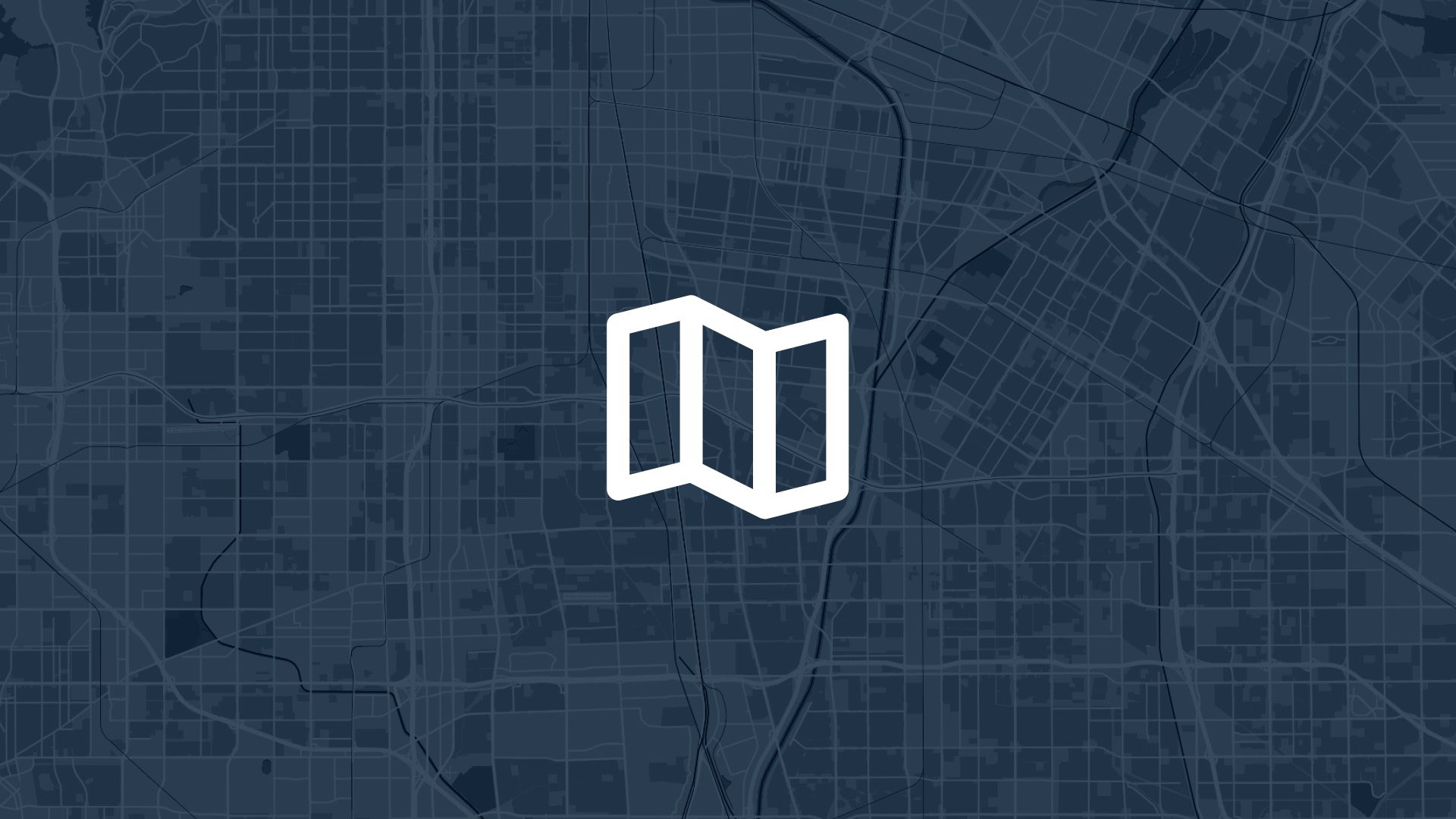Geographic Information Systems (GIS) have transformed from niche tools used by select professionals to integral components across various industries. The proliferation of geographic data has further popularized this shift, fostering a data-driven approach to addressing complex spatial challenges.
At the heart of this evolution lie GIS open data portals, repositories designed to make spatial data accessible and usable by a wide audience.
What Are GIS Open Data Portals?
GIS open data portals are online platforms that provide free access to geographic datasets. These portals are typically hosted by government agencies, international organizations, universities, or other institutions committed to fostering transparency and participation in spatial analysis. The data available can range widely, encompassing maps, satellite imagery, statistical data, and more—essentially, any dataset that can be visualized and analyzed spatially.
Core Features:
- Accessibility: Anyone with an internet connection can access the data, democratizing access to powerful GIS tools.
- Variety: Data sets can include environmental information, demographic statistics, transportation networks, land use data, and more.
- Interoperability: Many portals offer data in various formats that are easily integrated with popular GIS software.
Importance of Open Data in GIS
The significance of open data in the GIS realm cannot be understated. It empowers industries, researchers, and hobbyists alike by providing the resources necessary to make informed, data-driven decisions.
Key Benefits:
- Promotes Innovation: Access to diverse datasets encourages creativity and innovation in fields like urban planning, environmental conservation, and public health.
- Enhances Transparency and Accountability: By providing access to data that might influence public policy or corporate action, these portals play a crucial role in accountability.
- Facilitates Collaboration and Education: Students, researchers, and professionals can collaborate more effectively when working with consistent, reliable data.
Popular GIS Open Data Portals
There are numerous GIS open data portals available, each with its unique focus and dataset offerings.
Government-Led Portals
Many governments around the world have embraced GIS open data portals as a means of promoting transparency and engagement.
-
National Map (United States): Managed by the US Geological Survey, it provides comprehensive data on topography, boundaries, transportation, hydrography, and more.
-
INSPIRE Geoportal (Europe): Established by the European Union, this portal facilitates the sharing of spatial data among public sector organizations across Europe.
-
Data.gov (United States): While not exclusively GIS, this portal includes a wealth of geographic datasets on transportation, agriculture, and more.
International Organizations
Many global entities support open data initiatives, providing access to vast GIS datasets.
-
World Bank Open Data: Offers access to over 3,000 datasets across many topics, including those with geospatial components like climate change and urbanization.
-
United Nations GeoSpatial Information Section: Offers various geographic datasets, particularly useful for international development projects and environmental studies.
Academic Institutions
Universities and research institutions often host GIS open data portals in support of academic research and public knowledge dissemination.
-
Harvard Geospatial Library: Provides access to maps, sensor data, and geographical information, supporting a range of research areas.
-
Stanford EarthWorks: Offers datasets focusing on economic, social, political, and environmental issues crucial to understanding global challenges.
How to Use GIS Open Data Portals
Getting started with GIS open data portals is relatively straightforward. Here are some general steps to effectively utilize these resources:
Step 1: Identify Your Needs
Clearly define the type of data you need. Is it geographic boundary data, environmental data, demographic statistics, or something else? A clear understanding of your project’s requirements will guide your search.
Step 2: Explore Portals
Visit relevant open data portals and search for datasets that match your needs. Use search functions and filters to narrow down available datasets.
Step 3: Download and Prepare Data
Once you find suitable datasets, download them in a format compatible with your GIS software, such as shapefiles for vector data or GeoTIFF for raster data.
Step 4: Analyze Data
Import the datasets into your preferred GIS software for analysis. Tools like QGIS, ArcGIS, or Atlas.co offer functionalities for spatial analysis and visualization .
Best Practices for Using GIS Open Data
- Verify Data Quality: Not all data is created equal. Verify the accuracy and reliability of datasets before using them in decision-making processes.
- Understand Licensing Agreements: Some datasets are open for personal use but may have restrictions on commercial use. Always check licensing agreements.
- Keep Updated: Geographic data can quickly become outdated. Regularly check portals for updated datasets.
Challenges and Future Directions
While GIS open data portals offer amazing opportunities, they are not without challenges. There are often issues related to data standardization, quality control, and integrating disparate datasets. Looking to the future, enhancements in technology and global partnerships are likely to improve the quality, accessibility, and utility of geographic data.
Moreover, as open data continues to evolve, so too will the tools and technologies designed to analyze it. The growth of AI and machine learning in GIS promises exciting possibilities for the way spatial data is used and interpreted, pushing the boundaries of what is possible in sectors from urban planning to natural resource management.
GIS open data portals are breaking down barriers to access and understanding, unlocking possibilities for businesses, governments, and individuals to harness the power of data and make a profound impact on the world.
How Atlas Enhances GIS Open Data Portals
Atlas serves as a powerful bridge between users and GIS open data portals by transforming the way spatial data is accessed and utilized. With its intuitive, browser-based platform, Atlas makes working with GIS data more accessible and collaborative, ensuring that anyone—from urban planners to environmental researchers — can effectively harness the potential of open data.
Seamless Data Integration and Visualization
Atlas simplifies the import and visualization of data. Users can easily bring in data from various open data portals without dealing with complex installations or file conversions. Once imported, Atlas allows you to visualize this data on an interactive map, offering immediate insights and a clearer understanding of spatial relationships.
"You don’t need to download anything. Open it in your browser, and you’re ready to create maps".
Collaborative Mapping
One of Atlas's standout features is its collaborative capabilities, which are pivotal for teams working on large projects. Whether you're coordinating with colleagues on urban development projects or across departments for environmental assessments, Atlas enables real-time collaboration. Team members can co-create, edit, and analyze maps concurrently, bridging the gap between individual efforts and collective goals.
User-Friendly Interface
Atlas prides itself on being user-friendly, removing the steep learning curve often associated with traditional GIS software. This accessibility encourages more users to engage with GIS data, from hobbyists to seasoned professionals. With its clean and straightforward interface, users can focus more on their analysis rather than grappling with complex software features.
Customizable Features
For those who require specific map attributes or styles, Atlas offers customizable visuals. You can tailor map colors, labels, and styles to fit the needs of your project or personal preference, aiding in creating impactful presentations and reports.
Real-Time Data Handling
Handling real-time data such as satellite imagery or environmental sensors is another forte of Atlas. As spatial data is being continuously updated in open data portals, Atlas ensures that these updates are reflected instantaneously in your projects, supporting timely decision-making.
No Installation Required
Being a fully online platform, Atlas eliminates the need for installations, making it particularly valuable for educational institutions or organizations with stringent IT policies. This also means you can access your work from any device with internet access, enhancing flexibility and on-the-go project management.
Atlas is not just a tool; it is a facilitator of advanced spatial data analysis, designed for the modern user who values ease, collaboration, and precision. By utilizing Atlas, you are poised to transform open GIS data into actionable insights, driving innovation and informed decision-making across various sectors.





